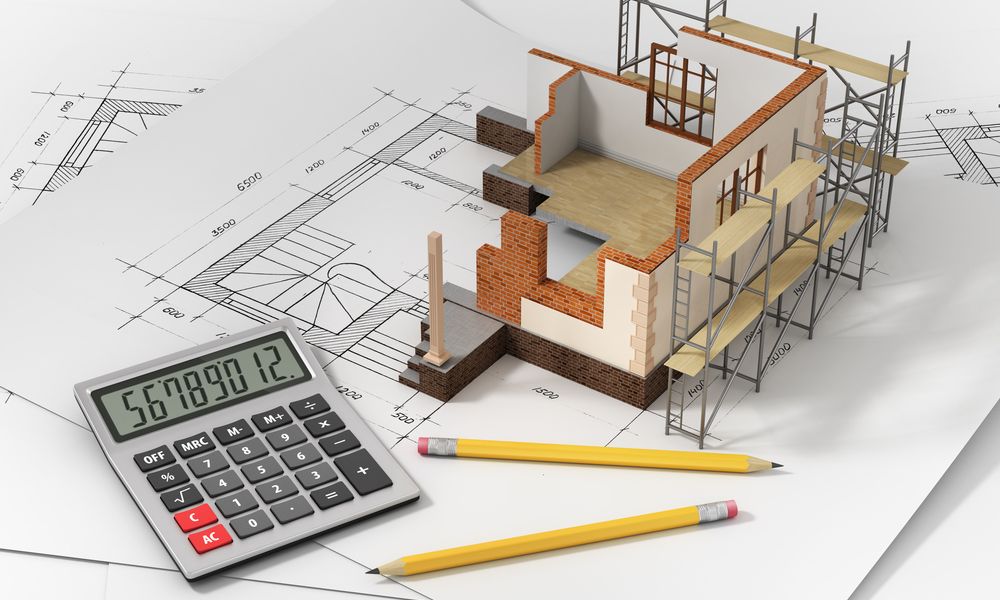The practice of quantity surveying has undergone a profound transformation, evolving from rudimentary measurement techniques in ancient civilizations to the cutting-edge, tech-driven profession we see today.
This blog explores the significant milestones that have shaped quantity surveying, delving into how the role emerged, its critical role in managing construction costs, and the integration of advanced technologies like AI.
We’ll also look at the future of the profession and how it continues to adapt to modern challenges.
The Origins of Quantity Surveying
The origins of quantity surveying can be traced back to ancient civilizations, particularly during the construction of monumental structures such as the pyramids of Egypt and Roman aqueducts. Builders and rulers required meticulous planning, resource management, and labor allocation to ensure successful project delivery, laying the foundation for modern quantity surveying.
These early projects involved basic calculations of materials and labor, a far cry from today’s sophisticated methods but essential in their time.
Throughout history, civilizations built with available technology, but the core tasks of ensuring material accuracy and cost efficiency remained consistent. Medieval Europe also saw the rise of master builders and stonemasons responsible for overseeing large-scale construction projects such as cathedrals, further advancing the principles of what would become quantity surveying.
Formalizing the Profession: The 18th and 19th Centuries
The industrial revolution sparked the modern era of quantity surveying. The increased demand for infrastructure, railways, factories, and urban development led to the need for a specialized role to manage the complex challenges of large-scale construction projects. It was during this time that quantity surveying became formally recognized as a profession in the United Kingdom, where the Royal Institution of Chartered Surveyors (RICS) was established in 1868.
RICS laid the foundation for standardized practices and ethical guidelines, making the profession more structured. The formalization ensured consistent measurement of materials, pricing, and contract management. Quantity surveyors were crucial in negotiating and mediating between contractors and clients, ensuring that both parties were satisfied with the financial and material aspects of projects.
The Impact of the 20th Century: War, Urbanization, and Technological Advancements
The 20th century saw significant changes to the construction industry, and with it, the role of quantity surveyors evolved. The two World Wars led to widespread destruction, prompting rapid urbanization and the need for rebuilding. Quantity surveyors played an essential role in post-war reconstruction efforts, particularly in Europe, where cities had to be rebuilt from scratch.
By mid-century, urban expansion was in full force, and infrastructure projects such as highways, bridges, and skyscrapers created unprecedented challenges. Quantity surveyors were tasked with managing the ever-growing complexity of these projects. New construction methods and materials emerged, such as steel and reinforced concrete, altering the way buildings were designed and estimated.
During this period, technological advancements in the form of calculators and early computing tools began to influence quantity surveying. This marked the beginning of automation in calculations, although much of the work still required manual input.

The Digital Age: Quantity Surveying in the 21st Century
The turn of the 21st century introduced an era of digital transformation, forever altering the landscape of quantity surveying. Today, quantity surveyors use highly advanced digital tools, from building information modeling (BIM) to artificial intelligence (AI) to streamline their work.
Building Information Modeling (BIM)
BIM has revolutionized how quantity surveyors operate by allowing for real-time collaboration and data sharing across project teams. This digital representation of physical and functional characteristics of buildings enables precise quantity take-offs, improved cost estimates, and better resource allocation. BIM also allows for more accurate forecasting of potential challenges or cost overruns early in the project, enabling more informed decision-making.
For instance, BIM can simulate different building scenarios, helping surveyors predict how various factors, such as weather, can affect project timelines and budgets. This predictive capability helps reduce errors and improve overall project efficiency.
The Role of AI in Quantity Surveying
Artificial intelligence is starting to play a significant role in the future of quantity surveying. AI can analyze large amounts of data at unprecedented speeds, automating tasks like quantity take-offs, cost estimation, and project scheduling. This allows quantity surveyors to focus on higher-level strategic planning and decision-making rather than time-consuming manual tasks.
For example, AI algorithms can predict cost trends based on historical data, allowing quantity surveyors to provide more accurate and informed cost forecasts. Furthermore, AI can assist in risk management by analyzing project data to identify potential risks or deviations from the original budget.
As AI continues to evolve, its role in quantity surveying will likely expand, further improving project accuracy and efficiency.
Key Functions of Modern Quantity Surveyors
In today’s construction environment, quantity surveyors fulfill several critical roles:
Cost Planning and Estimating: From initial project conception to completion, quantity surveyors manage financial costs, ensuring projects are delivered within budget.
Contract Administration: They play a vital role in drafting, managing, and negotiating contracts between contractors and clients.
Risk Management: Quantity surveyors identify potential risks related to cost overruns and project delays, helping mitigate these risks through proactive planning.
Resource Allocation: They ensure the efficient use of resources, including materials, labor, and time, to optimize project efficiency.
Post-Construction Analysis: Once projects are completed, quantity surveyors analyze costs and evaluate financial performance to improve future project estimates.
The Future of Quantity Surveying
As technology continues to advance, the future of quantity surveying looks increasingly digital. Emerging technologies such as virtual reality (VR) and augmented reality (AR) are already being used to visualize projects before they begin, providing more accurate cost estimations and helping clients make informed decisions.
Furthermore, sustainability is becoming an increasingly important aspect of quantity surveying. Surveyors will play a key role in ensuring that projects meet environmental regulations and use sustainable materials, especially as the global push towards green building practices continues to grow.
Embracing the Future
From ancient builders using rudimentary tools to modern professionals equipped with AI and BIM, the evolution of quantity surveying reflects the broader advancements in the construction industry.
As the role continues to adapt to new technologies and environmental challenges, quantity surveyors will remain essential in ensuring that projects are completed on time, within budget, and to the highest standards of quality.
In an era where accuracy and efficiency are paramount, the role of a quantity surveyor has never been more critical. Embracing the future of technology will only enhance their ability to deliver successful construction projects, ensuring that the profession remains indispensable in the industry.
Need Professional Quantity Surveying Services?
At Measure Manage, we blend decades of industry expertise with modern practices to deliver precise quantity surveying and cost estimating solutions. Whether you’re embarking on a new project or need expert insights into cost control, we’re here to help.
Contact us today to ensure your project stays on track and within budget.
📧 Email: info@measuremanage.com.au
📞 Phone: 08 9747 7034
Let’s manage your project’s success—request a quote now!




